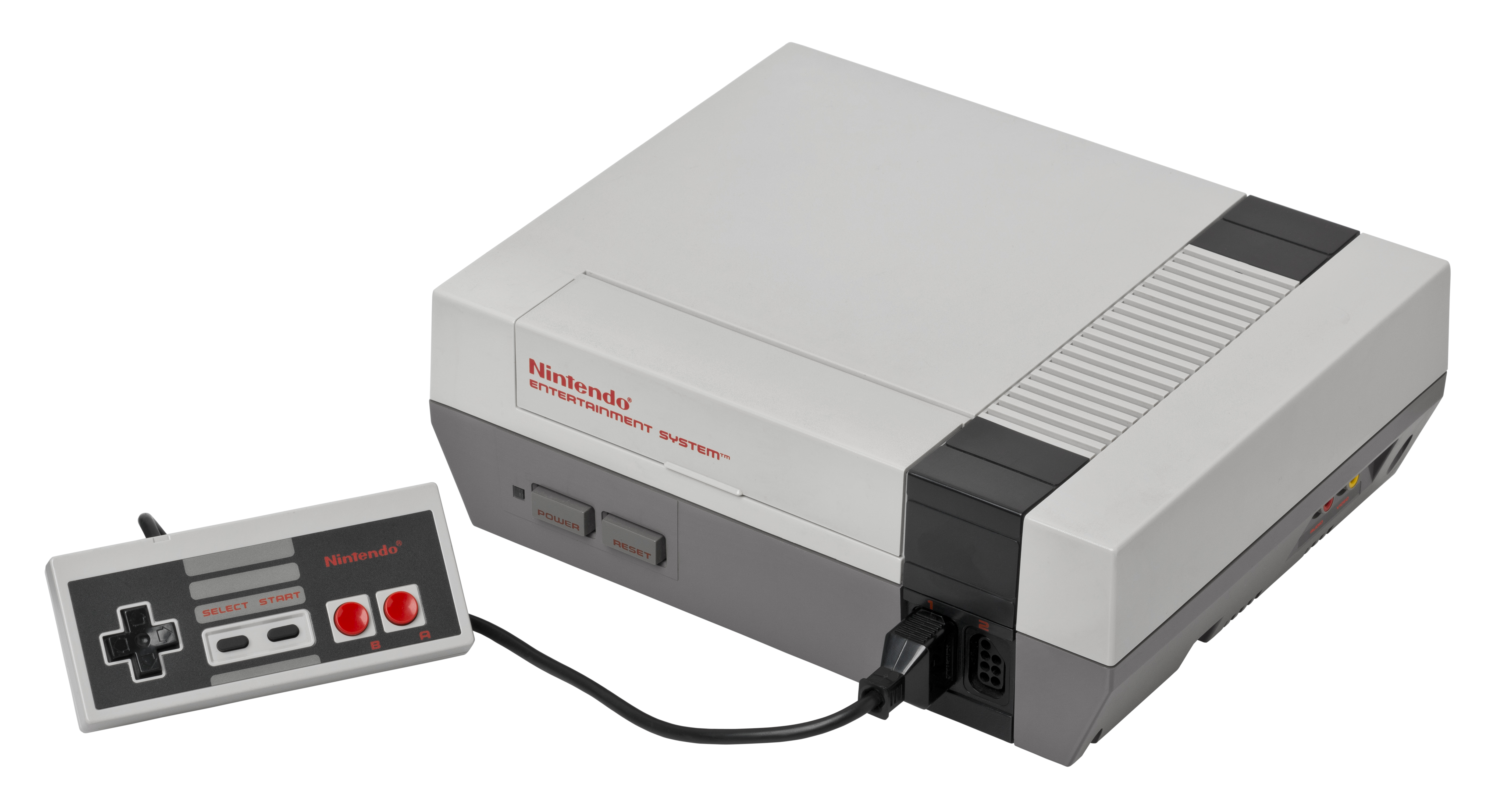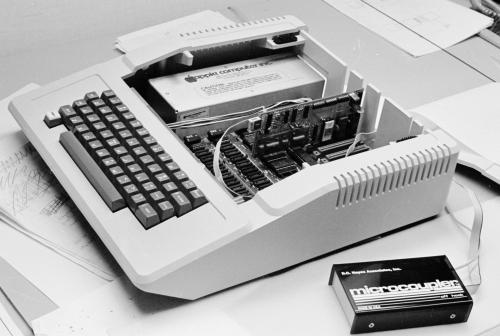|
Seventh Fleet (video Game)
''Seventh Fleet'' is a 1985 computer wargame published by Simulations Canada. Gameplay ''Seventh Fleet'' is a computer wargame that simulates the invasion of Vietnam by China. It features elements of board wargaming, such as counters and a physical map, combined with computer play. Publication history ''Seventh Fleet'' was released by Simulations Canada for the Commodore 64, Apple II, Atari ST and IBM PC. Reception Ed Curtis reviewed the game for ''Computer Gaming World ''Computer Gaming World'' (CGW) was an American computer game magazine published between 1981 and 2006. One of the few magazines of the era to survive the video game crash of 1983, it was sold to Ziff Davis in 1993. It expanded greatly through t ...'', and stated that "SF is the best simulation of operational level naval warfare currently available. My only doubt concerns its longevity." In a 1989 survey of computer wargames, J. L. Miller of ''Computer Play'' offered ''Seventh Fleet'' a positive a ... [...More Info...] [...Related Items...] OR: [Wikipedia] [Google] [Baidu] |
Simulations Canada
Simulations Canada is the name of a Canadian board wargame publisher established in Nova Scotia in 1977. The company was founded by Stephen Newberg as a one-man operation and was one of only a handful of companies devoted to publishing wargames at that time. Other companies such as Avalon Hill and Simulations Publications, Inc. did not accept unsolicited submissions, resulting in the creation of the company. Stephen Newberg, with assistance from other designers and graphic artists, produced a relatively large output of games in the first years of the company, focusing on a wide mix of historical subjects not covered by other publishers. As the wargames industry grew, Simulations Canada made a number of text-only computer wargames that included a traditional board-game map and counters. The company decided to focus entirely on computer games by 1986. In 2001, Simulations Canada entered into a partnership with Matrix Games to publish some of Simulations Canada's computer titles, re ... [...More Info...] [...Related Items...] OR: [Wikipedia] [Google] [Baidu] |
1985 Video Games
1985 saw many sequels and prequels in video games, such as '' Super Mario Bros.'' and ''Kung Fu'', along with new titles such as ''Commando'', '' Duck Hunt'', ''Gauntlet'', ''Ghosts 'n Goblins'', '' Gradius'', '' Hang-On'', ''Space Harrier'' and '' The Way of the Exploding Fist''. The year's highest-grossing arcade video games were '' Hang-On'' and '' Karate Champ'' in the United States, and ''Commando'' in the United Kingdom. The year's bestselling home system was the Nintendo Entertainment System (Famicom) for the second year in a row, while the year's bestselling home video game was ''Super Mario Bros.'' Financial performance In the United States, annual home video game sales fell to ( adjusted for inflation) in 1985. Meanwhile, the arcade game industry began recovering in 1985. Highest-grossing arcade games Japan In Japan, the following titles were the top-grossing arcade video games on the bi-weekly '' Game Machine'' charts in 1985. United Kingdom and United States In ... [...More Info...] [...Related Items...] OR: [Wikipedia] [Google] [Baidu] |
Simulations Canada Video Games
A simulation is the imitation of the operation of a real-world process or system over time. Simulations require the use of models; the model represents the key characteristics or behaviors of the selected system or process, whereas the simulation represents the evolution of the model over time. Often, computers are used to execute the simulation. Simulation is used in many contexts, such as simulation of technology for performance tuning or optimizing, safety engineering, testing, training, education, and video games. Simulation is also used with scientific modelling of natural systems or human systems to gain insight into their functioning, as in economics. Simulation can be used to show the eventual real effects of alternative conditions and courses of action. Simulation is also used when the real system cannot be engaged, because it may not be accessible, or it may be dangerous or unacceptable to engage, or it is being designed but not yet built, or it may simply n ... [...More Info...] [...Related Items...] OR: [Wikipedia] [Google] [Baidu] |
Naval Video Games
A navy, naval force, or maritime force is the branch of a nation's armed forces principally designated for naval and amphibious warfare; namely, lake-borne, riverine, littoral, or ocean-borne combat operations and related functions. It includes anything conducted by surface ships, amphibious ships, submarines, and seaborne aviation, as well as ancillary support, communications, training, and other fields. The strategic offensive role of a navy is projection of force into areas beyond a country's shores (for example, to protect sea-lanes, deter or confront piracy, ferry troops, or attack other navies, ports, or shore installations). The strategic defensive purpose of a navy is to frustrate seaborne projection-of-force by enemies. The strategic task of the navy also may incorporate nuclear deterrence by use of submarine-launched ballistic missiles. Naval operations can be broadly divided between riverine and littoral applications ( brown-water navy), open-ocean applications (blue ... [...More Info...] [...Related Items...] OR: [Wikipedia] [Google] [Baidu] |
Computer Wargames
A computer wargame is a wargame played on a digital device. Descended from board wargaming, it simulates military conflict at the tactical, operational or strategic level. Computer wargames are both sold commercially for recreational use and, in some cases, used for military purposes. History Computer wargames derived from tabletop wargames, which range from military wargaming to recreational wargaming. Wargames appeared on computers as early as '' Empire'' in 1972. The wargaming community saw the possibilities of computer gaming early and made attempts to break into the market, notably Avalon Hill's Microcomputer Games line, which began in 1980 and covered a variety of topics, including adaptations of some of their wargames. In February 1980 Strategic Simulations, Inc. (SSI) was the first to sell a serious, professionally packaged computer wargame, '' Computer Bismarck'', a turn-based game based on the last battle of the battleship ''Bismarck''. Wargame designer Gar ... [...More Info...] [...Related Items...] OR: [Wikipedia] [Google] [Baidu] |
Commodore 64 Games
{{short description, None This is a list of games for the Commodore 64 personal computer system, sorted alphabetically. See Lists of video games for other platforms. Because of the length of the list, it has been broken down to two parts: * List of Commodore 64 games (A–M) * List of Commodore 64 games (N–Z) See also * Commodore 64 Games System * Commodore 64 ... [...More Info...] [...Related Items...] OR: [Wikipedia] [Google] [Baidu] |
Cold War Video Games
Cold is the presence of low temperature, especially in the atmosphere. In common usage, cold is often a subjective perception. A lower bound to temperature is absolute zero, defined as 0.00K on the Kelvin scale, an absolute thermodynamic temperature scale. This corresponds to on the Celsius scale, on the Fahrenheit scale, and on the Rankine scale. Since temperature relates to the thermal energy held by an object or a sample of matter, which is the kinetic energy of the random motion of the particle constituents of matter, an object will have less thermal energy when it is colder and more when it is hotter. If it were possible to cool a system to absolute zero, all motion of the particles in a sample of matter would cease and they would be at complete rest in the classical sense. The object could be described as having zero thermal energy. Microscopically in the description of quantum mechanics, however, matter still has zero-point energy even at absolute zero, because ... [...More Info...] [...Related Items...] OR: [Wikipedia] [Google] [Baidu] |
Apple II Games
An apple is an edible fruit produced by an apple tree (''Malus domestica''). Apple trees are cultivated worldwide and are the most widely grown species in the genus ''Malus''. The tree originated in Central Asia, where its wild ancestor, ''Malus sieversii'', is still found today. Apples have been grown for thousands of years in Asia and Europe and were brought to North America by European colonists. Apples have religious and mythological significance in many cultures, including Norse, Greek, and European Christian tradition. Apples grown from seed tend to be very different from those of their parents, and the resultant fruit frequently lacks desired characteristics. Generally, apple cultivars are propagated by clonal grafting onto rootstocks. Apple trees grown without rootstocks tend to be larger and much slower to fruit after planting. Rootstocks are used to control the speed of growth and the size of the resulting tree, allowing for easier harvesting. There are more th ... [...More Info...] [...Related Items...] OR: [Wikipedia] [Google] [Baidu] |
Commodore Magazine
''Commodore Power/Play'' was one of a pair of computer magazines published by Commodore Business Machines in the United States in support of their 8-bit home computer lines of the 1980s. The other was called ''Commodore Interface'', changed to just ''Commodore'' in 1981, ''Commodore Microcomputer'' in 1983, and finally to ''Commodore Microcomputers'' in 1984 and for the rest of its run. The two magazines were published on an alternating, bimonthly schedule. History and profile ''Power/Play'' was started in 1982 as a quarterly publication. The magazine was targeted at the home computer user, emphasizing video games, educational and hobbyist uses of the Commodore 64/128 and VIC-20 models. ''Commodore Microcomputers'' initially served Commodore's business customers using the PET and CBM lines but as the business market segments standardized on CP/M and later MS-DOS MS-DOS ( ; acronym for Microsoft Disk Operating System, also known as Microsoft DOS) is an operating system for x ... [...More Info...] [...Related Items...] OR: [Wikipedia] [Google] [Baidu] |
Apple II
The Apple II (stylized as ) is an 8-bit home computer and one of the world's first highly successful mass-produced microcomputer products. It was designed primarily by Steve Wozniak; Jerry Manock developed the design of Apple II's foam-molded plastic case, Rod Holt developed the switching power supply, while Steve Jobs's role in the design of the computer was limited to overseeing Jerry Manock's work on the plastic case. It was introduced by Jobs and Wozniak at the 1977 West Coast Computer Faire, and marks Apple's first launch of a personal computer aimed at a consumer market—branded toward American households rather than businessmen or computer hobbyists. ''Byte'' magazine referred to the Apple II, Commodore PET 2001, and TRS-80 as the "1977 Trinity". As the Apple II had the defining feature of being able to display color graphics, the Apple logo was redesigned to have a spectrum of colors. The Apple II is the first model in the Apple II series, followed by App ... [...More Info...] [...Related Items...] OR: [Wikipedia] [Google] [Baidu] |
Computer Gaming World
''Computer Gaming World'' (CGW) was an American computer game magazine published between 1981 and 2006. One of the few magazines of the era to survive the video game crash of 1983, it was sold to Ziff Davis in 1993. It expanded greatly through the 1990s and became one of the largest dedicated video game magazines, reaching around 500 pages by 1997. In the early 2000s its circulation was about 300,000, only slightly behind the market leader '' PC Gamer''. But, like most magazines of the era, the rapid move of its advertising revenue to internet properties led to a decline in revenue. In 2006, Ziff announced it would be refocused as ''Games for Windows'', before moving it to solely online format, and then shutting down completely later the same year. History In 1979, Russell Sipe left the Southern Baptist Convention ministry. A fan of computer games, he realized in spring 1981 that no magazine was dedicated to computer games. Although Sipe had no publishing experience, he formed ... [...More Info...] [...Related Items...] OR: [Wikipedia] [Google] [Baidu] |
IBM Personal Computer
The IBM Personal Computer (model 5150, commonly known as the IBM PC) is the first microcomputer released in the IBM PC model line and the basis for the IBM PC compatible de facto standard. Released on August 12, 1981, it was created by a team of engineers and designers directed by Don Estridge in Boca Raton, Florida. The machine was based on open architecture and third-party peripherals. Over time, expansion cards and software technology increased to support it. The PC had a substantial influence on the personal computer market. The specifications of the IBM PC became one of the most popular computer design standards in the world. The only significant competition it faced from a non-compatible platform throughout the 1980s was from the Apple Macintosh product line. The majority of modern personal computers are distant descendants of the IBM PC. History Prior to the 1980s, IBM had largely been known as a provider of business computer systems. As the 1980s opened, th ... [...More Info...] [...Related Items...] OR: [Wikipedia] [Google] [Baidu] |






.jpg)
